Keiichiro Shibuya is a gifted musician who has continued to create fresh sounds by crossing different boundaries and evolving. This series, “Massive Life Flow,” explores his mindset and what he envisions for the future. In the seventh installment, we present a conversation between Shibuya and ballet dancer Nozomi Iijima, who stars in the music video for BORDERLINE, a new song presented as a cultural project meant to invigorate Shibuya city and the surrounding areas.
Set in the east exit underground plaza in Shibuya station, Shibuya, Alter3, and Iijima star in a futuristic, creative music video and universe. Choreographed by choreographer and dancer Kenta Kojiri, Iijima performs a unique dance that explores the boundary between humans and androids. AI wrote the lyrics based on keywords such as Shibuya, underground, and borderline. This was made possible thanks to the cooperation of Takashi Ikegami, a professor at the University of Tokyo.
Shibuya’s music has been dubbed the world’s first pop music using AI and an android, and BORDERLINE is an equal parts conceptual and catchy song only he could’ve made. In the song, Stephanie Poetri, who’s signed to the world-dominating 88rising label, and Alter3, the android used in many of Shibuya’s works, sing the AI-generated lyrics. The music video expresses his concept and features an integral person alongside Shibuya and Alter3, Nozomi Iijima, a world-renowned ballet dancer (K-Ballet Company principal). We asked the two, who worked together for the first time for this project, to discuss the process behind BORDERLINE and their respective fields.
The wavering verge of reality and the boundary between humans and androids
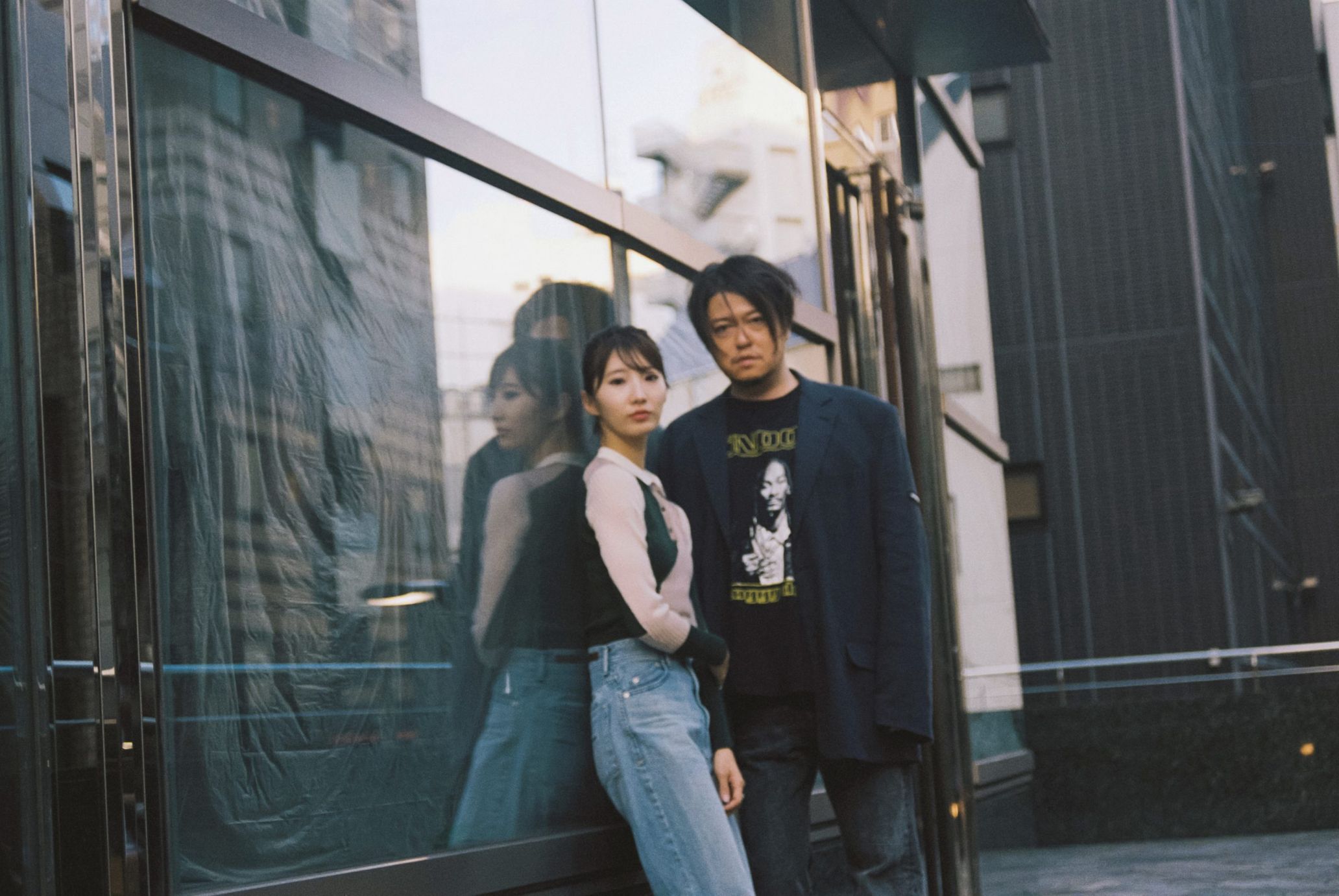
Photography Yoko Kusano
Hair make(Keiichiro Shibuya) YOBOON
—BORDERLINE is presented as a cultural project aiming to invigorate the Shibuya area. The song and music video are both magnetic. How did BORDERLINE and its concept come about? Also, how did you approach Iijima-san?
Keiichiro Shibuya: I was asked to create a complete piece of work instead of just a song. Shibuya area is involved in this project, and I happily accepted the offer because I was born and raised in Shibuya, and my surname is Shibuya. I felt like no one else was more suited than me (laughs).
The concept behind BORDERLINE comes from how the cusp of reality is blurry in many situations and the increase of borderline personality disorder diagnoses (laughs). It also comes from the shooting location in front of the ticket gate in Shibuya’s underground station and the boundary between humans and androids, which I’ve been engaging through my work. But the most significant source was seeing an old shirt in my room with the words “BORDERLINE” right when I was thinking about how I had to come up with the project title. This sort of coincidence happens quite often (laughs).
Using lyrics written by AI based on the theme of borderlines, I had an android and human being sing together to create a song. Then, I decided to shoot the music video in an underground space, as that’s the boundary between above ground and underground in Shibuya city. The collaboration itself was pretty unusual, so I felt like it’d be better to make a music video, something that’s conventional. I contemplated who would be a good person to feature with android Alter3 and me, and I approached Nozomi-chan since I thought she’d be the perfect match.
–What went through your mind when Shibuya-san approached you?
Nozomi Iijima: To be honest, part of me felt anxious. I mainly dance classical ballet, so most of the dances I do are traditional. On the contrary, Shibuya-san takes traditional arts into account and uses cutting-edge technology to create art that’s one step ahead. I wondered if we would work well together. I do contemporary dance at times, but that’s different. But I was interested in and admired his work. So more than feeling anxious, I was like, “I want to do it!”
Shibuya: I felt Nozomi-chan would be a good match because she does contemporary dance, not just classical ballet. When I lived in Paris, the first job I did was a collaboration between Palais Garnier and Palais de Tokyo, and I became friends with Jérémie Bélingard, a dancer at Palais Garnier. He’s a classical ballet and contemporary dancer and has a proper foundation. I never think about this, but classical or Western music is my foundation, and electronic music and technology like androids coexist there. That’s why I find it easy to work with people who do both classical and contemporary arts. It feels right.
–Iijima-san, you mentioned that you like William Forsythe in another interview.
Iijima: Right. When I used to dance at Houston Ballet, I danced in Vertiginous Thrill of Exactitude, In the Middle, Somewhat Elevated, and Artifact. Like Shibuya-san,Forsythe is a choreographer who has classical ballet movements as his foundation and creates new movements. I love his works.
I can tell Shibuya-san has a background in the classic arts because of his music. This also applies to his piano pieces, but even his electronic songs don’t feel inorganic; they still touch my heart. It wasn’t as hard to dance to Shibuya-san’s music. I think that’s because his music has a classical element at the core.
Shibuya: You said you found the music easy to dance to when we shot the music video.
Iijima: I couldn’t help that my body started moving to the music. It felt good to dance.
Dance and performance arts from the eyes of a musician, Music from the eyes of a dancer
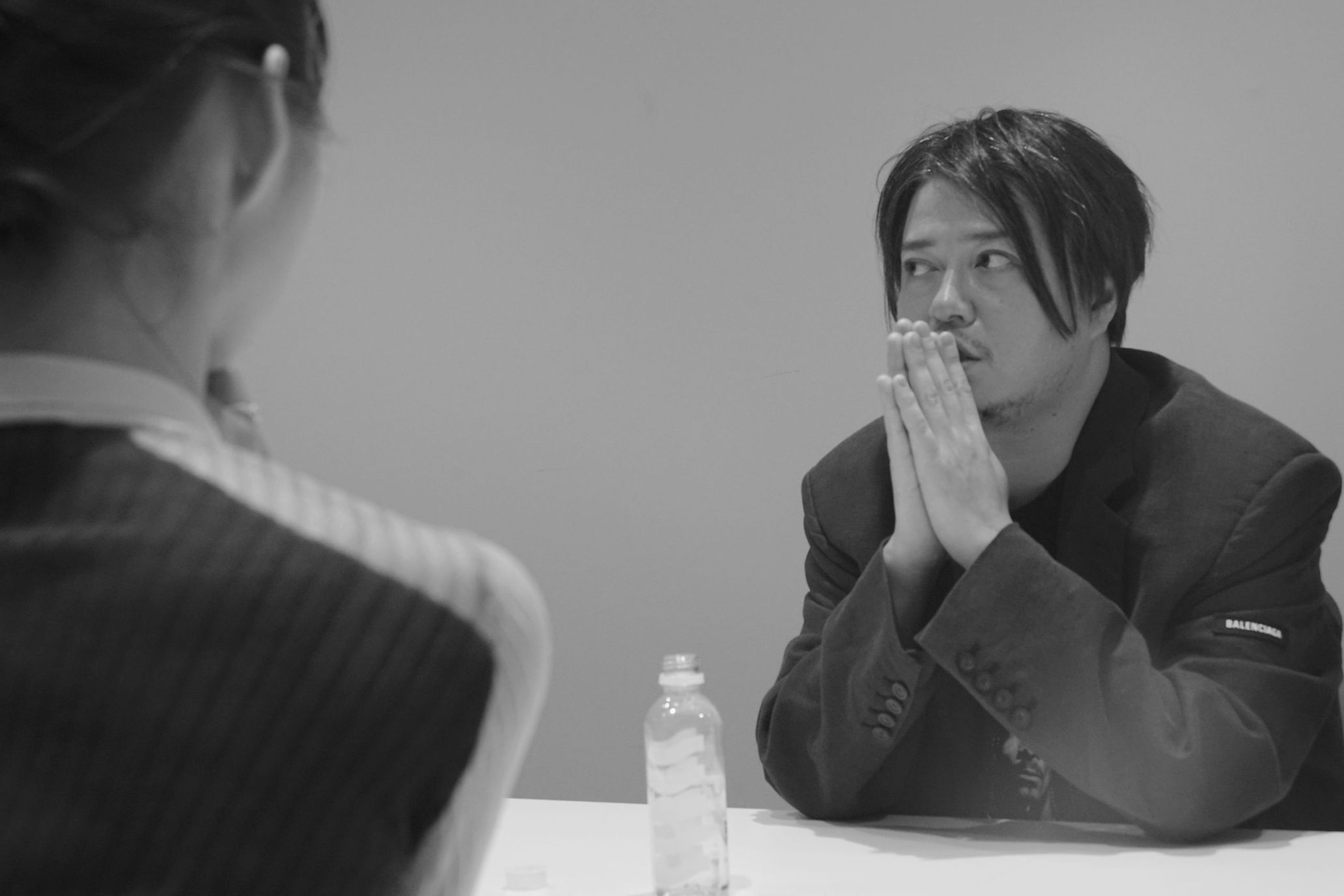
Hair make(Keiichiro Shibuya) YOBOON
–Shibuya-san, you’ve created opera pieces as a musician and previously worked with dance and performance. What is the appeal of ballet and performance arts to you?
Shibuya: Performances tend to serve as a hub for different art forms. There’s Parade, where Eric Satie made the music, Pablo Picasso did the costume and art, and Jean Cocteau wrote the script 100 years ago, for instance. When I made The End, an opera with Hatsune Miku, ten years ago, I approached Marc Jacobs because I thought it’d be interesting to have him design a costume for a two-dimensional character for the first time since he took the fashion world by storm as the designer of Louis Vuitton. The fun part about performance arts is how people can come together to collaborate on one piece of work. Also, you get a spark of musical inspiration by visualizing body movements.
I also love performances involving one pianist and one dancer, like those by Philip Glass. I want to do something like that one day.
–Iijima-san, what does music mean to you?
Iijima: The power of music is undeniable in classical ballet. In most cases, my body starts moving on its own when the music starts playing.
Shibuya: People who dance classical ballet all say that. When I was working with Jérémie at Palais Garnier, I asked him to stay still for ten seconds, but he said he couldn’t do it. It was interesting to see just how deeply embedded his physical training or habit was.
Iijima: True. Even if you can dance a choreographed piece, it’s still hard to dance on the spot. Without a doubt, music is essential in our lives.
Improvisation, and working with an android
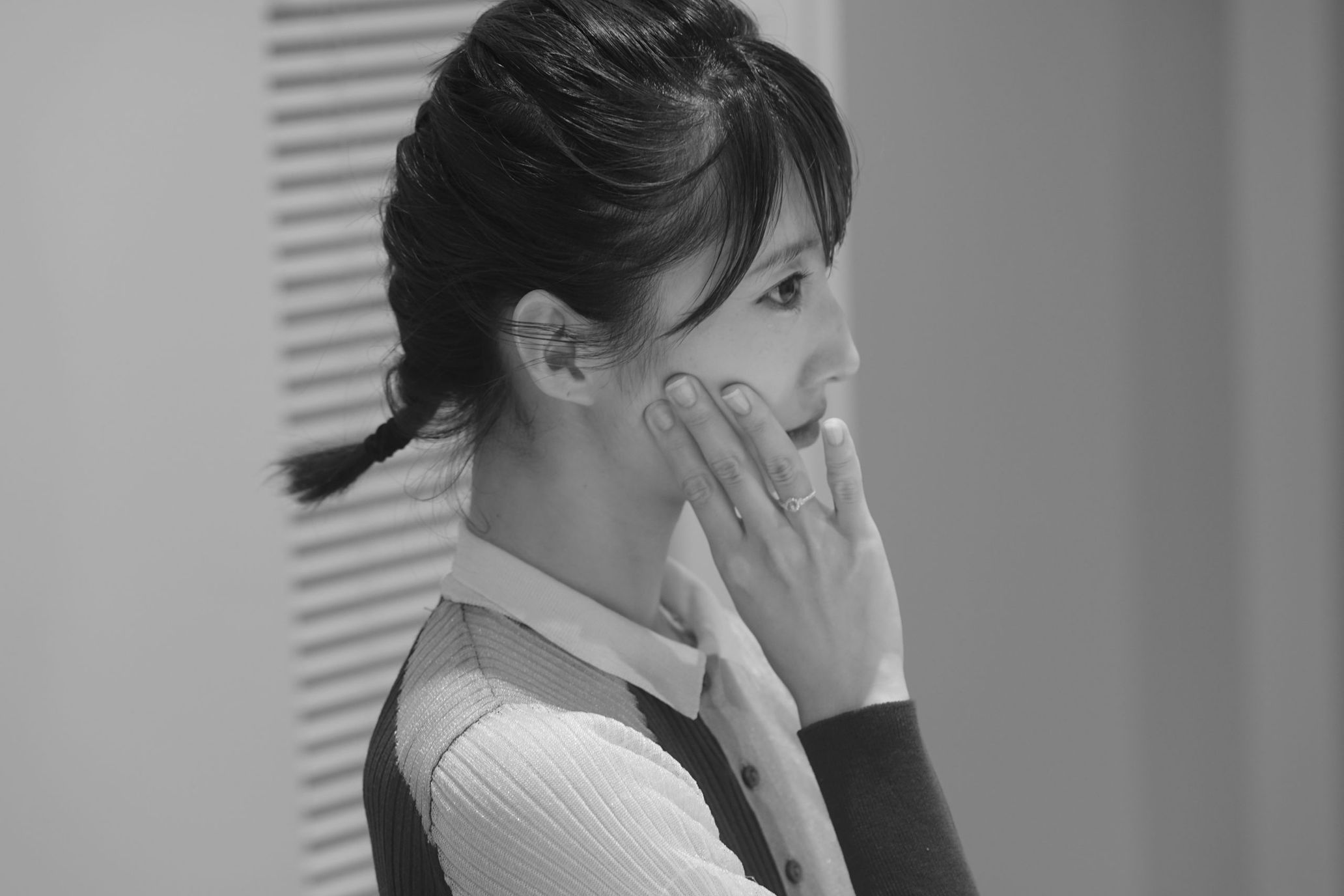
Iijima: Shibuya-san, have you always been one for improvisation?
Shibuya: The first time I improvised was at a restaurant, where I used to play the piano part-time as a student. I always brought sheet music, but it got in the way whenever I had plans to hang out after my shift since it was heavy (laughs). One day, I played something on the spot without any sheet music, but I didn’t know what I was doing was improvisation. I also had no complaints (laughs). That made me think, “I guess I can do this,” so I started improvising on the piano from that point onwards. I couldn’t answer whenever people asked me what song I was playing. The first time I played on the spot with someone else at a concert was with Yuji Takahashi-san, someone I greatly respect. I had the grit to have been able to do that, if I may say so myself. Today, I improvise with an android instead of humans, but it’s fun.
Iijima: What is the main difference between playing with a person and an android?
Shibuya: If my performance isn’t good, the android will follow suit, making the overall performance low-quality. My performance has to be good, first and foremost. I also can’t play whatever I want to. Sometimes, the android would go rogue and sing something else, so I would have to follow its lead. You need much more cooperation with an android, or else you won’t create something interesting. That way, you can improve, and time will pass by in the blink of an eye.
–Iijima-san, you performed with Alter3 for this project. What was that like?
Iijima: I felt something similar to what Shibuya-san said just now about improvising with an android. When Alter3 and I were dancing, I tried to match my—what’s the word— physical feeling with it. Some moments made me wonder, “Am I sharing the same feeling with Alter3 right now?” I might’ve just imagined that, though.
Shibuya: No, there were many moments where you and Alter3 were in sync. It was hard to choose which takes to use in the final cut because it was that good. Iijima: Thank you. Some parts were challenging, but I had such an exciting and fun time.
Traditional elements in art and the state of technology
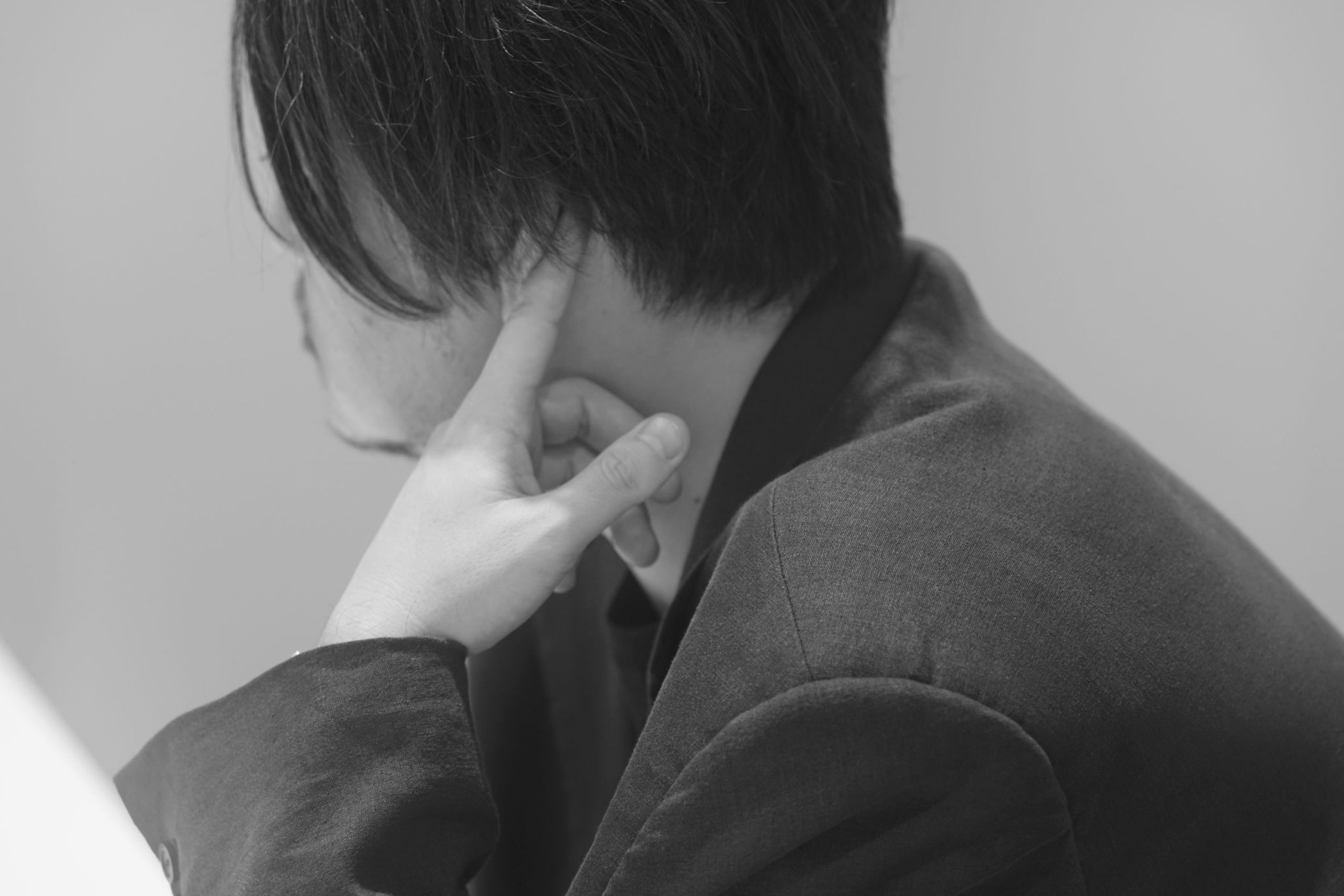
Hair make YOBOON
Iijima: There’s something I want to ask you, Shibuya-san. Why do you use an android in your work? I dance traditional ballet involving only humans, so I feel like what I do is the opposite of what you do. I want to learn about the significance and necessity of using an android.
Shibuya: Humans are always at the center, whether that’s ballet or opera, right? Anthropocentrism is an ideology unique to the West. I feel like human classical singers or performers could compete among themselves, but I’m a composer, so even if I abide by Western formats or structures, I can’t make something that transcends their framework. I can’t compete against Westerners since my music is based on Western music at the end of the day. At one point, I was like, “What should I do, then?” and I knew I had to do something fundamentally different from the rest. Some composers use the koto or shakuhachi, but they only function as embellishments or accents.
That’s how I came to make The End around a decade ago, an “opera” with no conductor, orchestra, or human singer but just visuals onstage with Hatsune Miku as the singer. I created an opera without human beings. What was important was for me to conform to traditional operatic formats like recitative and aria styles. It had to be at Théâtre du Châtelet in Paris, a theater where conventional opera is shown. That contrast felt contemporary to me. I felt that disparity was something I could express because I’m Japanese. After that experience, I contemplated what human-free art I could make and came up with using an android.
Iijima: I see. So, that’s how you ended up using an android.
Shibuya: When you have an android singer or conductor instead of a human, that poses the question of how humans will evolve, and it could also be a metaphor for how humans are being used by technology in society. The limit of humans and society will change. Compared to 2018, when I made an android opera for the first time, I feel like people understand what it’s about now.
Iijima: Androids are so eye-catching and appealing.
Shibuya: Androids are a bit creepy at the same time. Creepiness and scariness are very crucial elements of creative expression and art.
Iijima: You might be right. Just like Scary Beauty (editor’s note: Shibuya’s first android opera shown in 2018).
Shibuya: Yeah. Seeing [an android] that looks like that sing a moving song gives you the chills. Feeling something you’ve never felt before is essential.
–You also do contemporary dance, as you mentioned before, and do modeling in the fashion world. I’d like to know your mindset toward traditional and classical ballet.
Iijima: I like contemporary dance and fashion, so I’m lucky to work in those fields too. But for me, the number one thing is classical ballet. I’ve partially changed my mindset and the type of jobs I do to preserve classical ballet tradition.
–In a previous interview, you talked about how you want more people to watch classical ballet in Japan.
Iijima: Yes. Many people in Japan have never seen ballet, even those working in the arts, theater, and fashion. Compared to America or Europe, not many people watch or understand it. It might be a cultural difference since, in the West, there’s a culture of taking children to museums or seeing ballet or theater for education. Also, I feel like many people in Japan are drawn to a dancer’s personality first. They then become a fan and watch ballet in the theater.
Shibuya: They have favorites.
Iijima: Exactly. I hope more people will start watching ballet by my appearing in various media. It’s hard to find the right balance, and I need to consider the right way to go about things, but I want to keep doing what I do because it’s essential to make people aware of ballet.
A project born in an era where androids and AI are becoming widespread
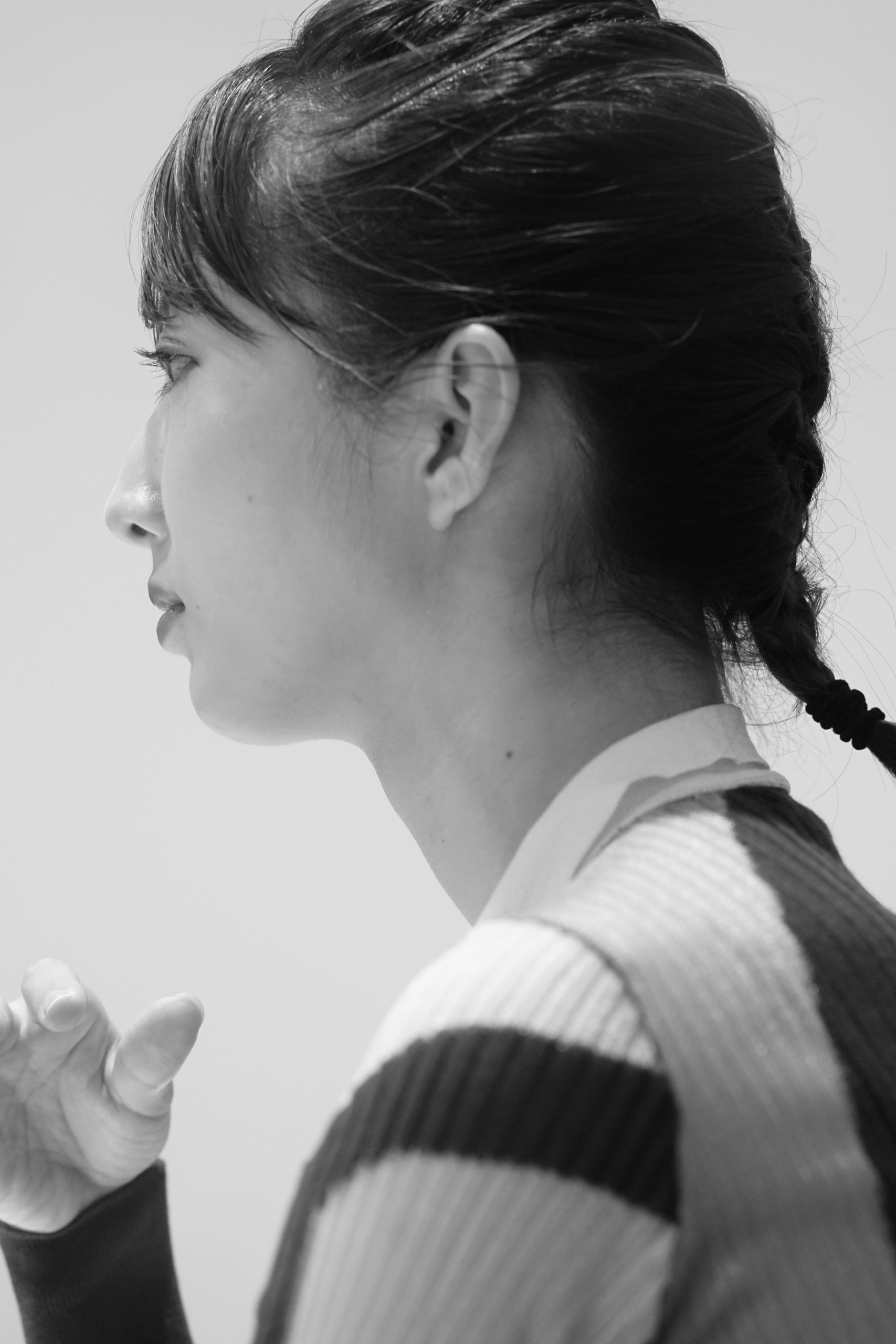
–Shibuya-san, what was it like collaborating with Iijima-san?
Shibuya: It was impressive how she created a new dance and did it rationally instead of dancing out of habit whenever we did another take. She viewed herself as one form of media; she controlled her moves as though she viewed herself from a bird’s eye perspective. She was quick to grasp important information too. This was the first time you did something new like this for a video, yes?
Iijima: Yes. I’m excited to see how people’s reactions. I hope people can enjoy it. It would make me happy if those who learned about me for the first time became interested in ballet and dance.
Shibuya: It’s exciting to see how people will react to BORDERLINE in the future too. This also applies to this project, but I can do what I do because AI and androids are starting to become a part of everyday life. I’m interested to see what people will think of this project 30 years from now.
Iijima: I know.
Shibuya: The gap between the past and present is apparent in most art forms, especially androids. I feel like prosperity might look at this project as crucial documentation of what humanity was doing at a certain period before the world ended.
■BORDERLINE
Composition, Concept, Direction, Keyboard by Keiichiro Shibuya
Lyrics by Cypher (AI)
Vocals by Alter3 (Android), Stephanie Poetri (88rising)
Dance by Nozomi Iijima
Android Supervised by Hiroshi Ishiguro
Android Programming by Shintaro Imai
GPT-3 programming by Takashi Ikegami
Choreography by Kenta Kojiri
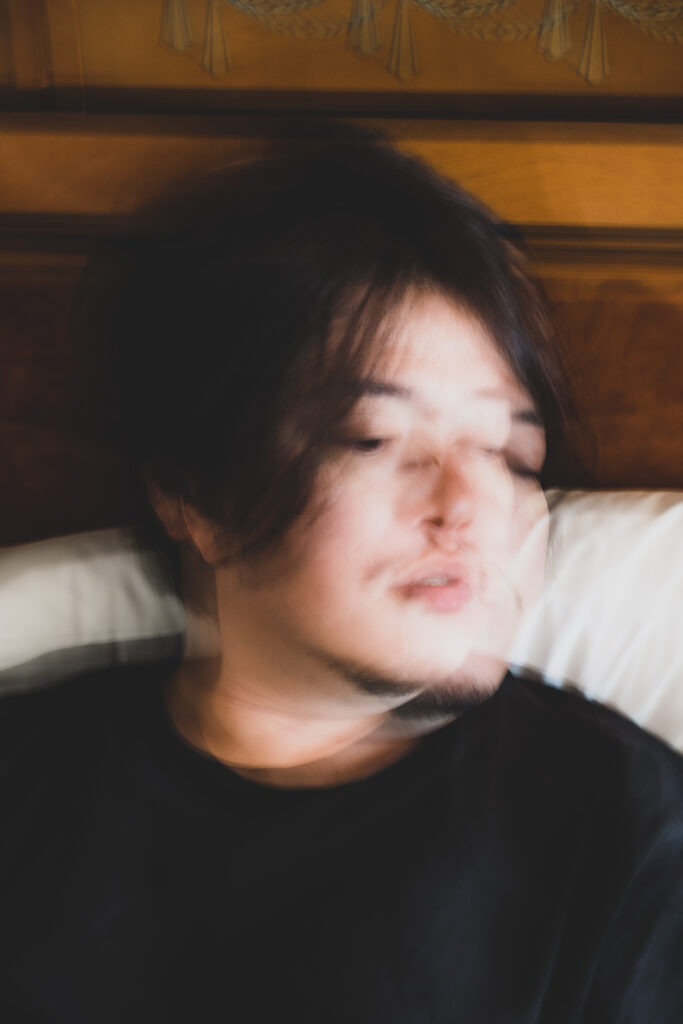
Keiichiro Shibuya
Keiichiro Shibuya is a musician who graduated from Tokyo University of the Arts with a B.A. in Music Composition. In 2002, he founded the music label ATAK. His diverse soundscape covers areas such as cutting-edge electronic music, piano solos, opera, soundtrack music, sound installation, and so forth. His notable works include a Vocaloid opera comprised of no people called The End (2012) and the android opera Scary Beauty (2018). In September 2020, he created the soundtrack for the film Midnight Swan and won the Music Award at both the Mainichi Film Awards and the Japan Movie Critics Award. In August 2021, his opera Super Angels had its world premiere at New National Theater Tokyo. In March 2022, he showed his new android opera, MIRROR, a collaboration between an android, Buddhist music, shomyo, and an orchestra from the UAE at Expo 2020 Dubai. In April, he created the soundtrack for xxxHOLiC, a film by Mika Ninagawa. In August, Shibuya made the soundtrack for Kaguya by Gucci, a short film by Gucci. He explores the boundary between humans and technology and life and death.
http://atak.jp
Photography Mari Katayama
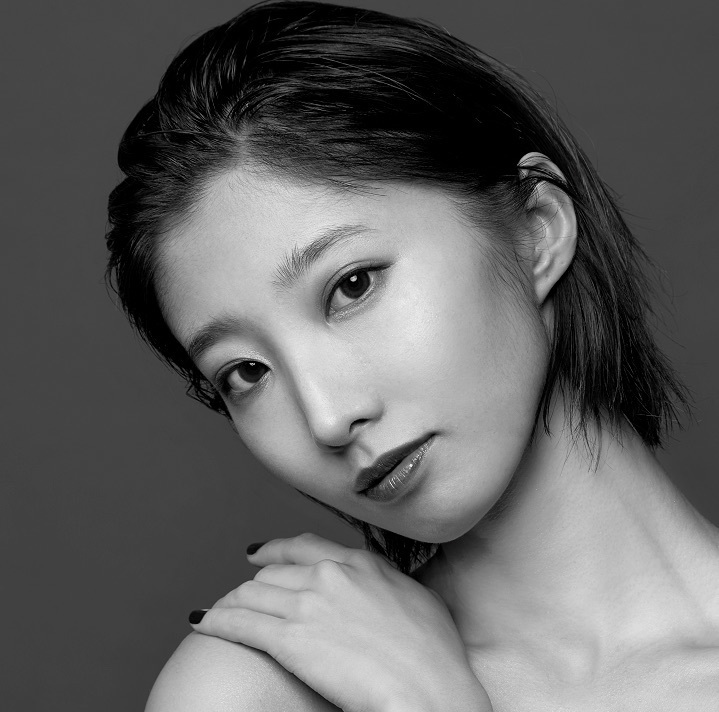
Nozomi Iijima
K-Ballet Company principal. Born in Osaka, Nozomi Iijima started dancing ballet at six years old. In 2007, after training at Houston Ballet, she joined the company at 16 years old, the youngest. She was promoted to principal in March 2019. Iijima has danced as Odette/Odile in Swan Lake, Juliette in Romeo and Juliette, Mitzi Caspar in Mayerling, the title role of Giselle, the title role of Sylvia, the Snow Queen, Clara, and Sugar Plum Fairy in The Nutcracker, the Lilac Fairy and Princess Florine in Sleeping Beauty, Suzuki in Madame Butterfly by Stanton Welch, Marie Antoinette in Marie, and more. She’s also danced the prominent roles in ballet by Kenneth MacMillan, William Forsythe, Jiří Kylián, Stanton Welch, and so forth.
Further, she’s danced in many contemporary pieces. Iijima appeared in Orchard Ballet Gala~Japanese Dancers~ directed by Tetsuya Kumakawa to commemorate the 30th anniversary of Bunkamura in July 2019. She became the beauty ambassador for Chanel in the same year. After returning to Japan in 2021, she danced in Don Quixote by K-Ballet Company in May as a guest dancer. She then became the principal dancer of K-Ballet Company in August. She rose the ranks to principal in March 2022.
K-Ballet Company: https://www.k-ballet.co.jp/
Instagram: @nozo0806
Translation Lena Grace Suda
